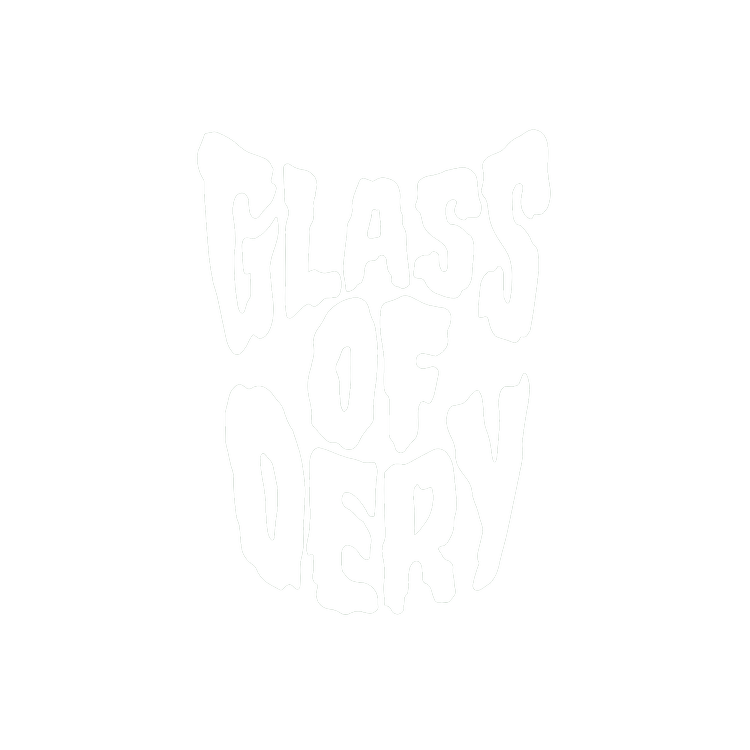Please note that these screenplays are currently in consideration to film festivals and production companies. Consequently, they are not available to the public.
For business inquiries, reach out by e-mail and a copy of the script will be sent for your consideration.
BLIND BIRD
Amidst the cultural stresses of living on a First Nation reserve, a blind Indigenous teenager and her friend naively seek to restore her vision by recreating a legend of their ancestors, but the costs may be higher than they are prepared for.Short Film / 18 pages / English, Cree
ACCOLADES:
Finalist - Hollyshort Film Festival / Finalist - The Golden Script Competition / Quarterfinalist - Atlanta Film Festival / Quarterfinalist - Blue Cat Screenplay Competition / Quarterfinalist - Outstanding Screenplay Competition
REVIEWS
Blue Cat Screenplay: “Symbolism and descriptions aside, arguably the most notable aspect of Blind Bird is its ability to evoke emotion. Blind Bird is a powerful, poignant tragedy that pulls at the heart-strings. As flawed as Chaska, Cheyenne, and Logan are, their plight isn’t just empathetic—it’s universal. The bond between them feels genuine, and so when Chaska does die, not only is it gut-wrenching for Logan, but also for the audience. This powerful emotion then ricochets and affects all other areas of the screenplay from Cheyenne’s estrangement to society to Chaska’s self-sacrificing behavior to Logan’s blind-eye to racism. Rarely is there a script that’s capable of evoking so much raw emotion in under 20 pages. Truly, excellent work.”
Slamdance: “BLIND BIRD's plot contains visuals that will remain with audiences. A boy puts a noose around his neck and plunges into a lake, dragging his blind friend Cheyenne behind him. They're trying to restore Cheyenne's vision, but as the water gets colder and the teenagers sink deeper, it's clear that their goal cannot be successful without a proper, tragic sacrifice... This short shines a light on Indigenous cultures and characters, but the writer also makes a point to show how these underrepresented characters are seen in everyday life.”
The Golden Script: “Blind Bird has a striking genuineness in both the style of writing and the subject. The theme draws inspiration from vibrant folklore tales, making the plot distinctive and unforgettable. Moreover, the author’s way of writing is for respect – a script could say so much in terms of the availability, but the filmmakers should manage to transcend this spirit and vivid tone to the screen (there’s a promise that they would). There’s a lot of film theory and language involved, which enhances the script’s originality.”
LA COULEUR DE L’OMBRE
In the boreal region of Quebec, Agent Palmer is forced to investigate the mysterious death of an Indigenous man with ties to the Mohawk Warriors.Feature Film / 120 pages / English
ACCOLADE:
Quarterfinalist - Austin Film Festival
REVIEW
Austin Film Festival: “La Couleur de L'Ombre is a fascinating, riveting screenplay that opens with intriguing characters in an unforgettable, gritty world and never lets up. The script has excellent world-building that sets the scene for this kind of storytelling: all hard-living people within an unforgiving world. The protagonist, Palmer, is a gift of a character - a haunted figure barely keeping it together but invested in a mystery. Some of the supporting characters weren't as well-fleshed out, but the writer can easily give them more depth with another edit. This story is a rare action drama with stealth social commentary and verisimilitude - the kind of story that walks in the space between a slow-burn character study and a fast-paced action thriller. Great work!”
BREATHE
A father and son grapple with the strains of their relationship as they navigate the challenges of loss, addiction, and forgiveness.Short Film / 16 pages / English
ACCOLADE:
Quarterfinalist - Manchester Film Festival
REVIEW
Austin Film Festival: “An articulate exploration into a contentious paternal relationship, “Breathe” powerfully examines the family drama genre with a restrained, nuanced perspective. While in a feature format, the script’s image-driven approach might be ineffective, as a short, the film feels artistically singular, highlighting acute moments of contention without feeling overextended.
Aside from minor interpretive notes, the script reads as incredibly apt for production, engendering a specific cinematic experience through restrained dialogue and articulate wall-to-wall. In subsequent revisions, there are a few lines of dialogue that feel unfettered relative to the script’s tone and a few moments of action that could have more clarity.
Ultimately, while the film’s perspective on this relationship feels a bit vague it doesn’t read as uncertain. Similarly, the film’s ending, although a direct reference to the beginning of the script, textures the film with an interpretive quality. As previously mentioned, this adds a candid depth to the piece that touches on the nature of contentious paternal relationships candidly.”

